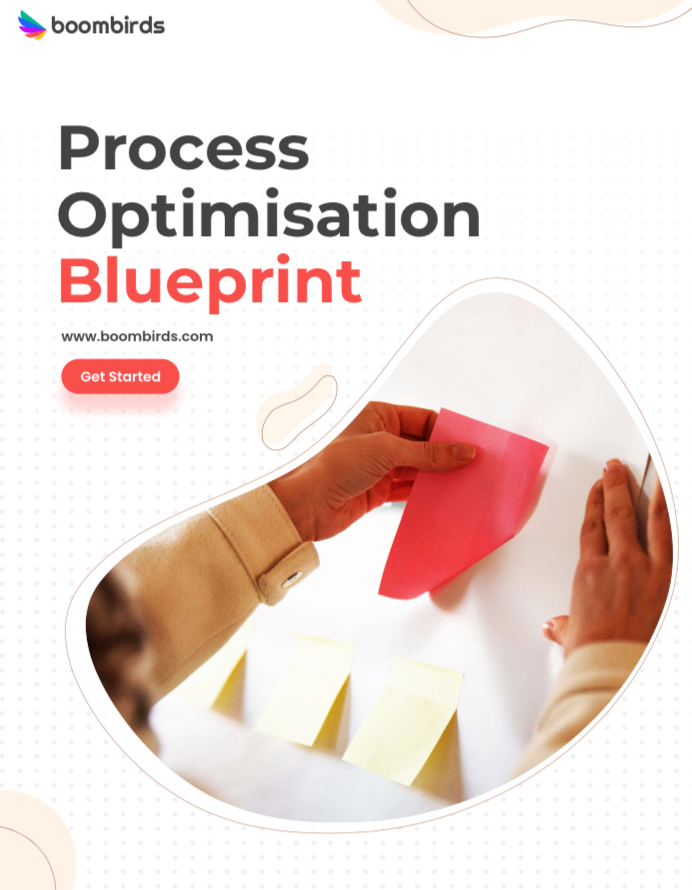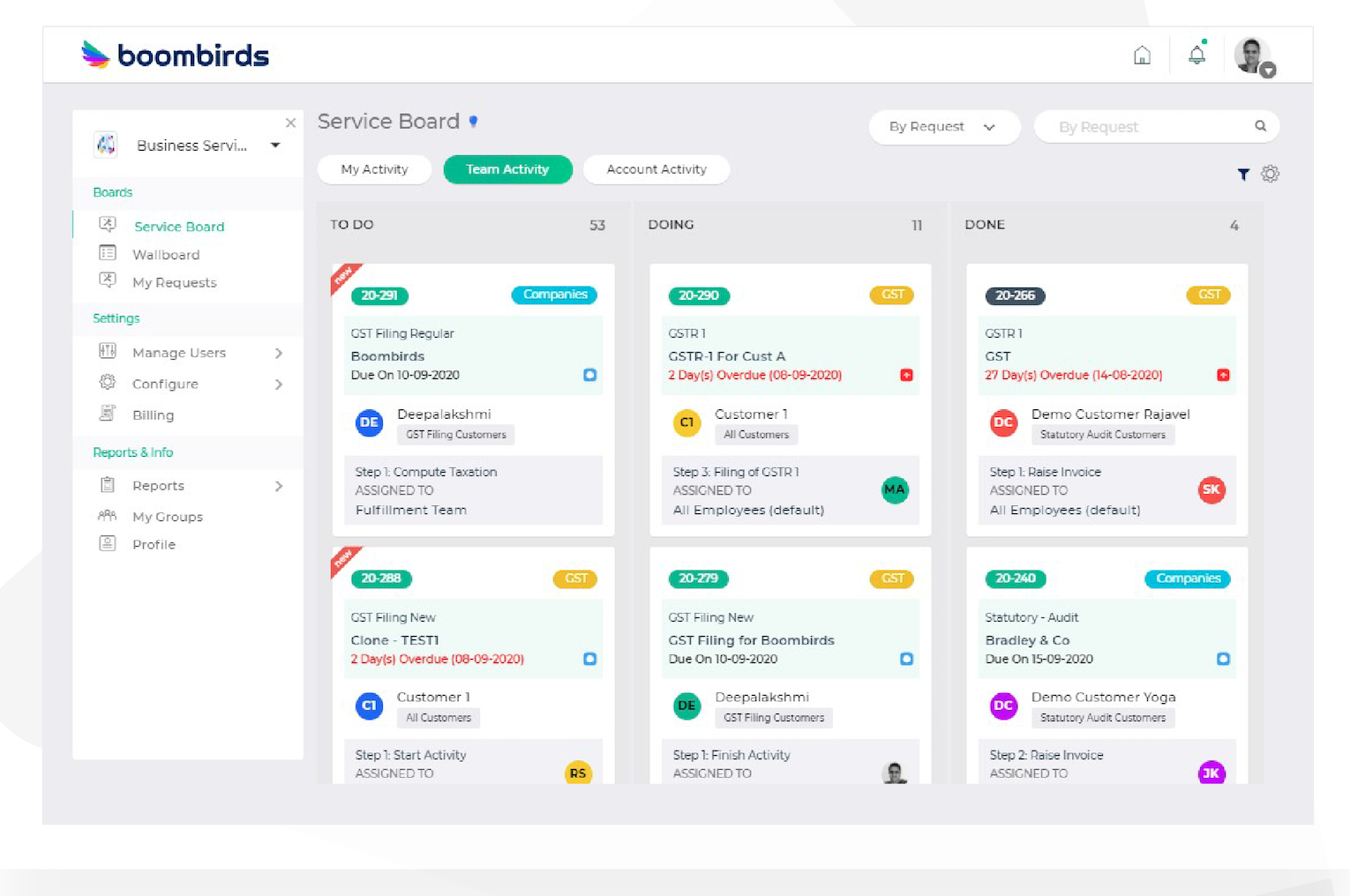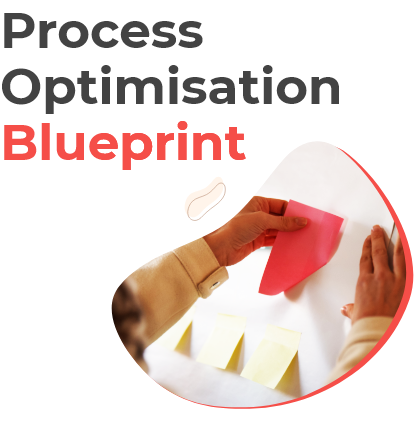How to use Process Improvement to Enhance Audit Quality
Process improvement in audit is necessary to maintain audit service quality. This blog will discuss how process improvements can be used to enhance audit quality.
Process improvement, as defined by the Institute of Business Value, “involves improving an organisation’s effectiveness and efficiency.”
What is business process improvement methodology?
Process improvement methodology for audit firms is the collection of practices that are used to improve an organisation’s effectiveness or efficiency.
Process improvements can be made by introducing new technology, reorganising workflows, changing organisational structure, redesigning jobs or tasks, adopting best business practices from other industries, eliminating waste and so on.

Process improvements help organisations identify areas where audit quality may need improvement.
Process improvement is about making sure auditors have enough information when they need it.
This includes having all necessary documentation on hand, being able to access databases remotely, and tracking data changes over time.
When an auditor has everything they need before starting an audit, it makes their job easier.
Why do businesses use improvement processes?
Process improvement has become a vital part of many organisations’ process–from manufacturing to medical offices. This process improvement technique is not limited to production processes – it can also be used in service industries, especially for accounting and auditing firms.
It involves improving an organisation’s effectiveness and efficiency through evaluation and change management-driven activities that lead to continuous performance enhancement.
Process improvements have evolved over time from being reactive in nature (i.e., solving problems) into proactive initiatives that create organisational efficiencies before they start experiencing operational difficulties.
This quality management technique is particularly important for audit firms. The reason is because they need to ensure that audit quality is not compromised by an organisation’s current state of processes.
Process improvements can be used in a number of ways, both during the audit process and up until it has been completed.
The reason is because process improvements not only ensure that the audit process is done efficiently, without any bottlenecks or delays, it also helps to mitigate risks. Process improvement can lead to continuous performance enhancement.

The most common methodologies that businesses use to refine their business processes are Six Sigma, SIPCO analysis, Value Stream, and other Lean tools.
The benefits of Process Improvement for Audit Teams
There is no better time than now for audit and accounting firms to implement process improvement.
Process improvement can help audit teams to not only stay on top of the most current trends and regulatory changes. But it also helps them ensure that they are meeting a high-level standard in terms of quality assurance.
Interesting Read: Audit Workflow – How to Run a More Effective Audit
Process improvements have been used by many. Here are some examples why firms have been successful in their Process Improvement implementations:
– Process improvement can improve audit quality by taking away any potential weaknesses within the company. By making sure that audits are well thought out and documented, it is easier for auditors to create a solid report of findings.
– Process improvement have also created more efficient financial reporting processes which helps companies save time and resources when doing customers’ projects
– Process improvement helps to mitigate risks

– Process improvement enables audit teams to work more efficiently
– Process improvement can lead to continuous performance enhancement.
Lean methodologies can be a part of process improvements and can help audit teams drastically improve their performance. Process improvement is proven to be an excellent way to reduce waste or even eliminate it altogether.
However, one must not forget that senior management need to install a culture of continuous improvement in order for Process Improvement to work.
Process improvement is not only about reducing waste. Process improvements can also lead to continuous performance enhancement, and it’s not just a Lean methodology anymore but an audit team best practice with proven benefits that help you become more efficient.
How to use process improvements for audit services?
Process improvements are not a new phenomenon. Process improvement is an age-old concept and the Lean manufacturing approach has been in use for years, but Process Improvement is now more relevant than ever before because of their ability to positively influence how service industries achieve customer satisfaction.
Process improvements are very much a Lean methodology, but it is also an audit team best process that can be used to your advantage and increase efficiency.
In the context of auditing services, process improvement relates to how well you perform tasks in order to deliver those services efficiently – which includes both internal and external business processes.
What are some improvement strategies for audit firms?
Process improvement can be found in a few key areas: Process Definition, Process Change Management Processes and Process Measurement.
During the audit process – auditors can use these strategies as they carry out their tasks within the scope of their work:
Simplification
The accounting profession tends to overcomplicate processes and add in extra steps. Even when firms have gone through a process improvement initiative, unless they continue monitoring the process for ways of improving it or cut down on its complexity by removing any unnecessary steps, these extras will creep back in.
To know more about how you can use Kanban to simplify your process management, download this blueprint…

Continuous improvement is about building quality into your business practices – so adding more superfluous stuff unnecessarily can be costly time-wise as well as financially if you’re not careful!
Automation
The latest technological innovations may be the answer to your problems. From AI and audit service management tool, technology has disrupted not only compliance services like tax and audit but also other areas of finance such as advisory work and time billing.
This creates an excellent opportunity for firm’s collaboration with clients.
For example, by dedicating more resources towards their needs in a cost-effective manner while automating repetitive tasks that are being performed by staff members.

In today’s competitive market, where new disruptive technologies are constantly emerging into existence we must always find opportunities to automate wherever possible.
This will cut down on the amount of repetitive tasks that are currently being completed manually which can lead to errors when performing those same ones over again at some point later after.
Reporting and metrics
If you want to change the way that your company operates, it’s important for you to adjust what metrics are used on a regular basis and make them visible. You may have heard of this phrase before; “what gets measured is done.” So just how does one measure success? A few key performance indicators we recommend include:
-Average Revenue per Client (ARPC)
-Compliance and Risk Management Score
-Process Efficiency Indicators
-Total monthly revenue
-Customer Satisfaction
-Customer Retention
Read more about these 6 KPIs that matters for your audit firm in our other blog.
A proper analysis of these data points will help you measure your audit service’s success.
The importance of following a checklist when auditing a client’s records
One other tools that is also as important as following a checklist to monitor the project process. Audit management solutions mostly integrate checklists . A checklist is a set of sequential steps to be completed in order. The steps will lead the auditor to identify what needs to be done, and then record their actions as they complete each task.
Checklists are a great way to ensure that the audit process is being completed in an efficient manner. Process improvement software such as Boombirds provides audit checklists for various industries including financial audits, service audits, and many more.
You have read about some of the ways that audit firms can implement process improvement techniques to enhance audit quality. We hope you found these ideas helpful in your work as an auditor and look forward to hearing from you on how they’ve helped improve your processes!
Are you tired of…Messy, manual processes that can't be scaled?
We work with operations leaders looking to digitally transform their manual back-office processes and procedures.
We combine your existing business processes with our software, plus decades of enterprise process re-engineering and change management experience to quickly scale and see the results you are looking for.






